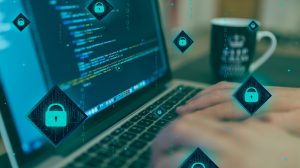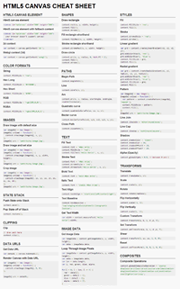Top 3 Threats to Remote Work Cybersecurity and How to Protect Against Them
Description

Since work models have been changing at an incredible velocity, cyber threats are evolving simultaneously. Enterprises can no longer protect their network by using conventional security methods. So many companies adopt hybrid or remote work models and many of them migrated to cloud-based environments. As their working style has been changing, they start to require more professional and comprehensive safety solutions.
1. Unsecure access to the company data
Remote workers access company data from different locations by using several Wi-fi connections. Although connecting to the company network from anywhere seems flexible and comfy, it has some disadvantages.First of all, remote employees use public or unsafe Wi-Fi to make a connection. These unsecured Wi-Fi connections put company data on the line. When enterprises use strong passwords and make updates regularly to protect employees’ connections, remote employees rarely pay attention to these precautions. They do not care about their Wi-Fi connection and do not hesitate about where they are connecting through. Especially public wifis are more prone to cyber-attacks so they require more attention.
When remote employees use public Wi-Fi to access corporate data, they invite malicious actors to your sensitive company data. Hackers can easily harvest company data by benefitting from public Wi-Fi connections. Remote workers should send and receive some data to pursue their work. However, each time they create data traffic remotely, the company's confidential data is threatened.
VPN Solution
To avoid data breaches rooted in remote connections, companies can use VPN solutions. VPN creates a virtual and protected tunnel to encrypt data that is sent via this tunnel. By encrypting confidential data, enterprises can minimize data breaches. Even if the data has been captured, hackers can not harm the company because of the encrypted information.There are several types of VPNs available for specific purposes. In terms of remote work, a secure connection to the company data might be the prior concern, and a site-to-site VPN can be recommended for safe access to company resources. Site-to-site VPN helps corporations to create a particular connection between their employees from different areas. So, corporations can throw off the handicaps of separate LANs.
Data is the most valuable asset of a modern company so we highly recommend you take adequate precautions to avoid any leakage and customer loss. See how 40 million customers have been affected by a data breach https://www.bbc.com/news/business-58263521
2. Weak Passwords
When it comes to remote work, weak passwords should be mentioned. Remote employees connect their corporation accounts remotely from anywhere. If they have unsafe passwords that are not strong enough, they can risk company data at any moment. It is quite easy for hackers to decipher weak passwords, even if the hacker is inexperienced. Remote work doubled this risk because employees can be more distracted when working remotely and they are commonly unaware of the risks around them.Moreover, family members or friends increase the threat possibilities. Some remote employees work from their homes when family members or friends are around them. A moment of neglect can cause your confidential data to be disclosed or even deleted. Your employees must be sure that their family/ friends can not estimate their passwords or that they do not leave susceptible pages open to the public.
As a company manager, you can adopt password software. By using this software, you can create strong passwords for your staff and protect them against both inside and outside threats. The software can create undecipherable passwords even experienced hackers can not decipher.
Two-factor and multi-factor authentication
Furthermore, you can start considering two-factor (2FA) or multi-factor authentication (MFA) methods. These methods ask for extra verification for your employees to launch an account or access any company resource. So, you can be sure that your private data has been protected from both inside and outside threats.3. Phishing
Phishing attacks are one of the threats to remote workers. In phishing, the attacker sends fraudulent links to install malware on the victim’s machine. These links or other communication methods seem accurate and reputable most of the time. When the victims trust the link and consider that it came from a trustable resource, they click. This is where the attacker started to steal confidential data, login information, etc.While remote employees rely on e-mails this much, phishing might be the greatest risk for them. Because most of the phishing attacks occur via e-mail. As a remote work model adopted company, you must be sure that your team has an idea of what is phishing and how to protect themselves against it.
 Blog
Design
Development
Mobile
Inspiration
CSS
Javascript
News
Opinions
Politics
Menu
Blog
Design
Development
Mobile
Inspiration
CSS
Javascript
News
Opinions
Politics
Menu
